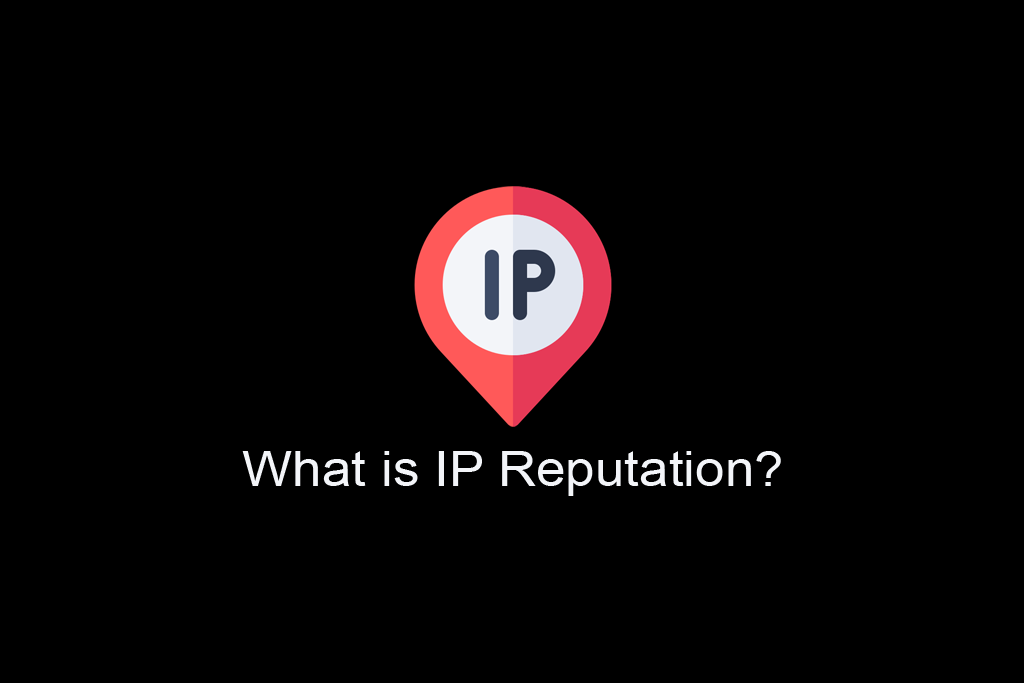What is Cybercrime? Tips to protect yourself against cybercrime attacks

Cybercrime and cyber-attack come only to affect users. Learn more about it.
Introduction to cybercrime
Most, but not all, cybercrime is committed by cybercriminals or hackers who want to make money or carrying any individual reason. However, Cybercrime is not meant to be individual; it is carried out by individuals or organizations as well. Cybercriminals targets both individuals and companies. Cybercriminals can be known from different names other than cybercriminals and hackers such as attackers, con-artists, and fraudsters, and more. But these are the popular name.
Attackers targets businesses for direct financial or gain or to sabotage or disrupt operations. They target individuals as part of large-scale scams, or to compromise their devices and use them as a platform for nefarious activity.
In some cases, attackers not only target individuals or companies, but groups of criminals may even target whole states, countries, or government and/or their infrastructure. For example, you may have heard about the ransomware attack, NotPetya, which cost organizations around the world upwards of $1.2 billion in 2017. Ransomware is also a type of cybercrime attack, where hackers ask for a ransom amount in bitcoin. The ransomware is specially designed to do as much damage to the Ukrainian infrastructure as possible. This is how cybercrime describes its reach; means it has no limit.
Today, cybercrime has crossed its limits and we can’t do anything because IoT develops every day. As the IoT (Internet of Things) evolves and smart devices become more popular, cybercriminals benefit from a much broader attack surface-increased.
Common Example of cybercrime
Malware
A malware attack is where a computer system or network is infected with a computer virus or other type of malware. A computer device comprised of malware could be used by cybercriminals for several purposes. These could steal confidential data, using the computer to carry out other criminal acts, or causing damage to data.
WannaCry ransomware attack is a famous cyber crime example and considered as a global cybercrime committed in May. The WannaCry ransomware attack hit around 230,000 computers globally, and the first company got affected was the Spanish mobile company. Ransomware is a type of malware used by cybercriminals to extort money by holding the victim’s important data, device to ransom. WannaCry ransomware attack targets vulnerability in computers running Microsoft Windows.
Phishing
A famous example of a phishing scam is on against very famous platform-Facebook and Google. It is said, between 2013 and 2015, Facebook and Google were tricked out of $100 million due to an extended phishing campaign. The con artist took advantage of the fact that Quanta, a Taiwanese corporation, was a vendor for both companies. The attacker sent a series of fake invoices to the company that impersonated Quanta, which both Facebook and Google paid.
Distributed Denial of Service (DDoS)
A very famous example of a DDoS attack is Google Attack, 2020. On October 16, 2020, Google’s Threat Analysis Group (TAG) posted a blog update concerning how the threats and threat actor are changing their tactics due to the 2020 U.S election. You can learn more about this threat here.
Types of cybercrime
- Online fraud
- Email spam or phishing emails
- Identity fraud
- Credit card fraud
- Theft and sale of confidential information
- Ransomware attack (where attackers ask for ransom amount in bitcoin.)
- Cyberextortion
- Cryptojacking
- Cyberespionage (where hackers access government or company data)
- Keylogging (It logs all the critical information you type and stores it for cybercrime to access).
- Sniffing (hackers steal your information through internet traffic using some special tools).
- Illegal intercepting or stealing data
- Interfering with systems in a way that compromises a network
- Illegal gambling
- Selling illegal items online
- Soliciting, producing or possessing child pornography
Tips to protect yourself against cybercrime attacks
- Keep software and operating system updated
- Use strong passwords
- Do not give out personal information unless secure
- Contact companies directly about suspicious request
- Never open attachments in spam emails
- Do not click on links in spam emails or untrusted websites
- Do not give out personal information unless secure
- Be mindful of which website URLs you visit
- Keep an eye on your bank statements
- Never click on any link, or download any attachment from an unknown sender email.
- Do not visit any malicious website
- Download software from a trusted source like Google Play Store and Apple Store.
- Update your software and operating system
- Update your browser settings
- Use a private browser like Brave
- Beware of peer-to-peer file-sharing services
- Use a firewall
- Enable Windows Defender
- Priil Internet Security
- Use private browser like Brave
- Speak up about cybercrime
- You can call on cybercrime helpline number-155260. Additionally, you can directly seek help from police by calling them on 100 number.
How to file a cyber-crime complaint
First of all, you need to register a written complaint with the cyber-crime cell of the city are currently in.
Note: According to the IT Act, a cyber-crime comes under the purview of global jurisdiction. This means that a cyber-crime complaint can be registered with any of the cyber cells in India, irrespective of the place where it was originally committed.
When filling the cyber-crime complaint, you need to provide your name, contact details, and address for mailing. You need to address the written complaint to the Heard of the Cyber Crime Cell of the city where you are filling the cyber-crime complaint.
If you do not have access to any of the cyber cells in India, you can file a First Information Report (FIR) at the local police station. If your complaint is not accepted there, you can approach the Commissioner or the city’s Judicial Magistrate.
Remember cyber-crime offenses come under the Indian Penal Code. You can register a cyber-crime FIR at the nearest local police station to report them.
Most of the cyber-crimes that are covered under the Indian Panel Code are classified as cognizable offenses. A cognizable offense is one in which a warrant is not required for an arrest or investigation.
Zero FIR is also a good option that provides some solace to victims of cases that require immediate attention/investigation as it avoids wasting time in enlisting the offense on police records.
Note.
Final Touch
Like 3
"Priil Tech Nerds" - consists of skilled writers and editors dedicated to producing exceptional content. Our articles are crafted by a team of passionate writers and researchers who are committed to sharing valuable ideas you can rely on.








